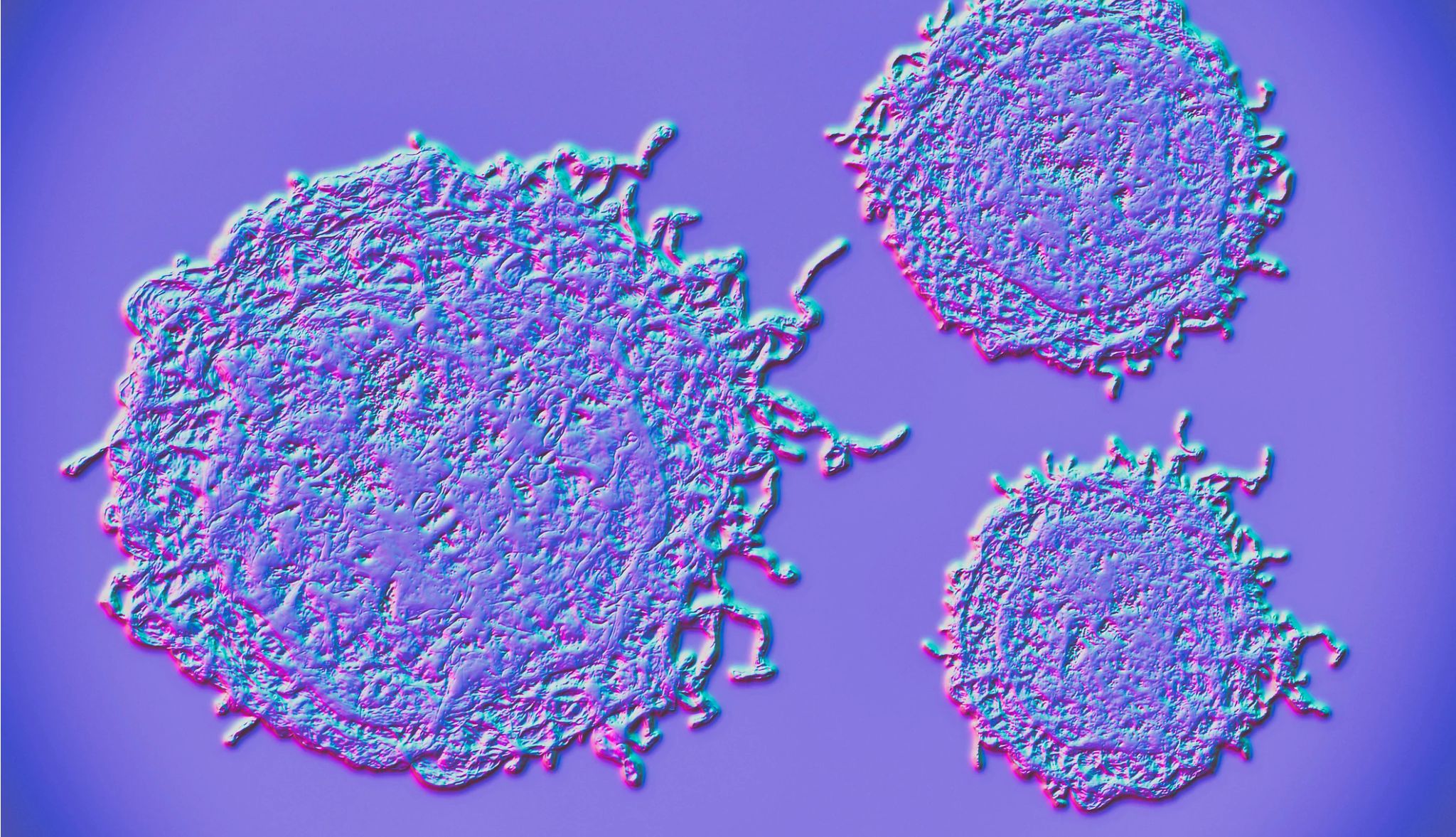AARP Hearing Center


Cancer trends in the U.S. are shifting, and accumulating research paints a concerning picture for America’s “middle child generation” and those that follow.
Members of Generation X — adults born between 1965 and 1980 — are more likely to be diagnosed with cancer than the generations that came before them, researchers from the National Cancer Institute found. Published in June in the journal JAMA Network Open, the study looked at data from 3.8 million individuals in the U.S. diagnosed with invasive cancer from 1992 to 2018. Using modeling, the researchers found that as Gen X adults hit 60, they will be more likely to get cancer than baby boomers were at age 60.
A study published July 31 in The Lancet Public Health found that Gen Xers and millennials have a higher risk of developing 17 of 34 types of cancers compared with older generations, including nine cancers that had been declining in older adults.
17 Cancers on the Rise in Younger Generations
According to a study published in The Lancet Public Health, researchers found that compared with older generations, Generation X and millennials in the U.S. have a higher risk of developing these cancers:
- Colorectum
- Uterine corpus
- Gallbladder
- Kidney and renal pelvis
- Pancreas
- Myeloma
- Noncardia gastric, a type of stomach cancer
- Leukemia
- Testis
- Cardia gastric, a type of stomach cancer
- Small intestine
- Estrogen receptor-positive breast
- Ovary
- Liver (in women)
- Non-HPV-associated oral and pharynx (in women)
- Anus (in men)
- Kaposi sarcoma, a type of blood cancer (in men)
Strikingly, the researchers, led by a team from the American Cancer Society, found that adults born around 1990 are two to three times more likely to develop pancreatic, kidney, liver (in women) and small intestinal cancers than adults born around 1955. Younger adults are also seeing an increase in mortality for five different types of cancer, including liver (in women), uterine, gallbladder, testicular and colorectal cancers, the study found.
“These findings add to growing evidence of increased cancer risk in post-baby boomer generations,” Hyuna Sung, coauthor of the Lancet study and a senior principal scientist of surveillance and health equity science at the American Cancer Society, said in a statement.
What’s driving the cancer increase?
Even though we’re recognizing cancer trends associated with birth years, “we don’t yet have a clear explanation for why these rates are rising,” Sung says.
That’s not to say there aren’t clues, and many cancer experts point to rising obesity rates and environmental exposures as two likely possibilities.
1. Rising obesity rates. Underlying genetics can contribute to cancer risk, explains Sanjay Shete, a genetic epidemiologist at the University of Texas MD Anderson Cancer Center in Houston. “But I don’t think [that’s what] has changed” in recent decades, he says.
“What has definitely changed is our lack of physical activity, the increased obesity rates and also availability of fast foods that were not so much frequently available to the baby boomers and the silent generation. And I think that’s probably the primary driver of why we’re observing increased cancer incidence in the younger population.”
Obesity rates in the U.S. have soared in recent decades, rising from around 13 percent in 1980 to 42 percent by 2020. Less than a quarter of U.S. adults get the recommended amount of physical activity, data from the Centers for Disease Control and Prevention (CDC) shows.
What does this have to do with cancer? According to the National Cancer Institute, there is “strong evidence” that higher levels of physical activity are linked to lower cancer risks. And the CDC has linked 13 types of cancer to obesity:
- Breast cancer (in women)
- Colon and rectal cancer
- Endometrial cancer (also called uterine cancer)
- Esophagus cancer
- Gallbladder cancer
- Stomach cancer
- Kidney cancer
- Liver cancer
- Ovarian cancer
- Pancreatic cancer
- Thyroid cancer
- Meningioma (a type of brain cancer)
- Multiple myeloma































































More on Health
8 Major Health Risks for People 50 and Older
A look at the top killers — and how to dodge themHow to Support Your Adult Child With Cancer
Kate Middleton has a support system that includes her parents, but helping an adult child through a health crisis is different than when they were kidsProcessed Foods Linked to Worsened Brain Health
Salty, sugary, preservative-laden foods could impact memory and thinking Recommended for You